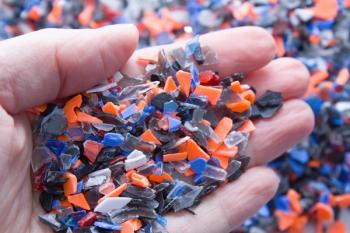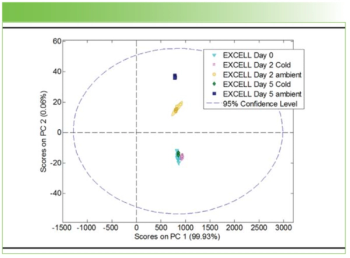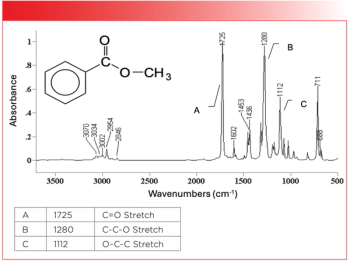
In Remembrance: John Albert Reffner (1935–2025)
John Albert Reffner, PhD, a highly influential scientist and educator in the fields of analytical and forensic science, died on March 21, 2025, in Dover, New Hampshire. He was 90 years old.
Born on January 5, 1935, in Akron, Ohio, John was the son of John Patrick Reffner and Marie Reffner (née Zimmerman). He earned a Bachelor of Science degree in Chemistry from Akron City College and later completed a PhD in Chemistry at the University of Connecticut.
Reffner had a distinguished and varied career that spanned academia, industry, and forensic practice. His work focused on microscopy, spectroscopy, and trace evidence analysis—fields in which he made enduring contributions. He played a leading role in the development of infrared microspectroscopy, creating instrumentation and methods that remain central to forensic and materials analysis.
Over his career, he held positions at B.F. Goodrich, McCrone Associates, American Cyanamid, Spectra-Tech, Nicolet, Thermo Scientific, SensIR, and Smiths Detection. His work resulted in more than 90 scientific publications, four book chapters, and ten patents. He also served for over 25 years as a consultant to the Connecticut State Police and provided expert testimony in legal proceedings involving criminal, civil, and intellectual property issues.
Reffner was widely recognized for his scientific achievements. Among his honors were the Eastern Analytical Symposium Award for Outstanding Achievements in Vibrational Spectroscopy, the Gold Medal Award from the Society for Applied Spectroscopy, the Edmond Locard Award from the American Society of Trace Evidence Examiners, the Paul L. Kirk Award, and the Williams-Wright Award from the Coblentz Society. He was named a Fellow of the Society for Applied Spectroscopy in 2011.
At the time of his passing, Reffner was a professor of forensic science at John Jay College of Criminal Justice, part of the City University of New York. His academic work emphasized integrating modern analytical technologies into forensic science and promoting validated methodologies. He was deeply involved in educating both scientists and legal professionals on the appropriate use of forensic evidence.
His research and teaching covered a range of topics, including infrared spectroscopy, FT-IR analysis, Raman scattering, synchrotron radiation, X-ray diffraction, and material characterization. He was particularly noted for advancing the interface between microscopy and spectroscopy in practical forensic contexts.
Outside of his scientific work, Reffner enjoyed sailing and spent many hours on Long Island Sound aboard his catboat, Sally E, named in memory of his first wife. He was an active member of the sailing community and valued the time spent on the water with family and friends.
He is survived by his two children, John Richard Reffner (Renee Bezpalko) and Elaine Marie Teeters (John Teeters), as well as seven grandchildren.
Reffner’s contributions to science, education, and forensic practice have left a lasting legacy. His work continues to influence professionals across disciplines, and his impact will be felt for years to come. His life was a testament to scientific rigor, innovation, and human kindness. His contributions will live on in laboratories, classrooms, courtrooms, and in the hearts of those he mentored and inspired.
Fair winds, John.
References
(1) Akron Beacon Journal Home Page. Available at:
(2) Spectroscopy Online Page. John Reffner to Receive EAS Award for Outstanding Achievements in Vibrational Spectroscopy, September 30, 2020. Available at:
(3) John A. Reffner LinkedIn Page. Available at:
(4) John Albert Reffner ResearchGate Page. Available at:
Newsletter
Get essential updates on the latest spectroscopy technologies, regulatory standards, and best practices—subscribe today to Spectroscopy.




